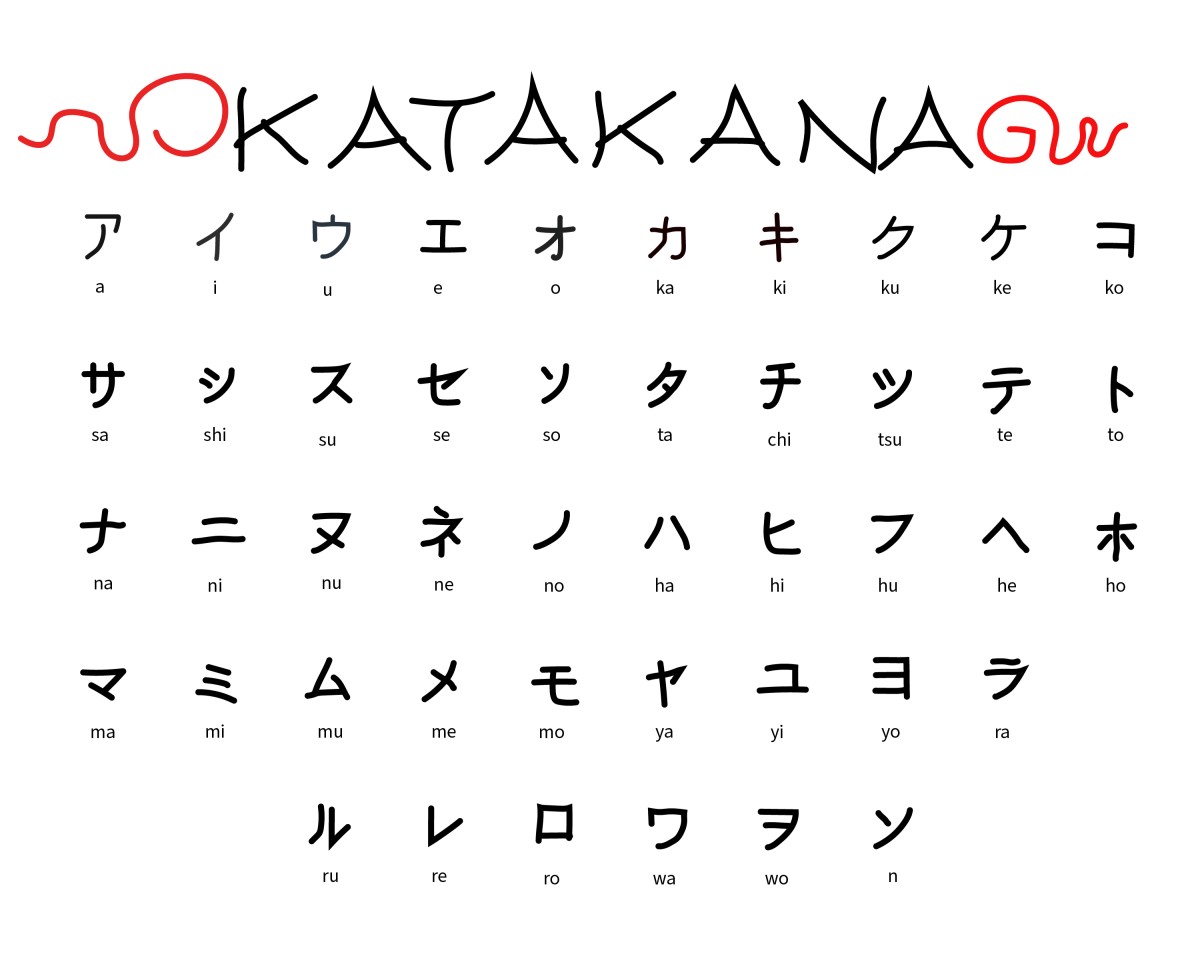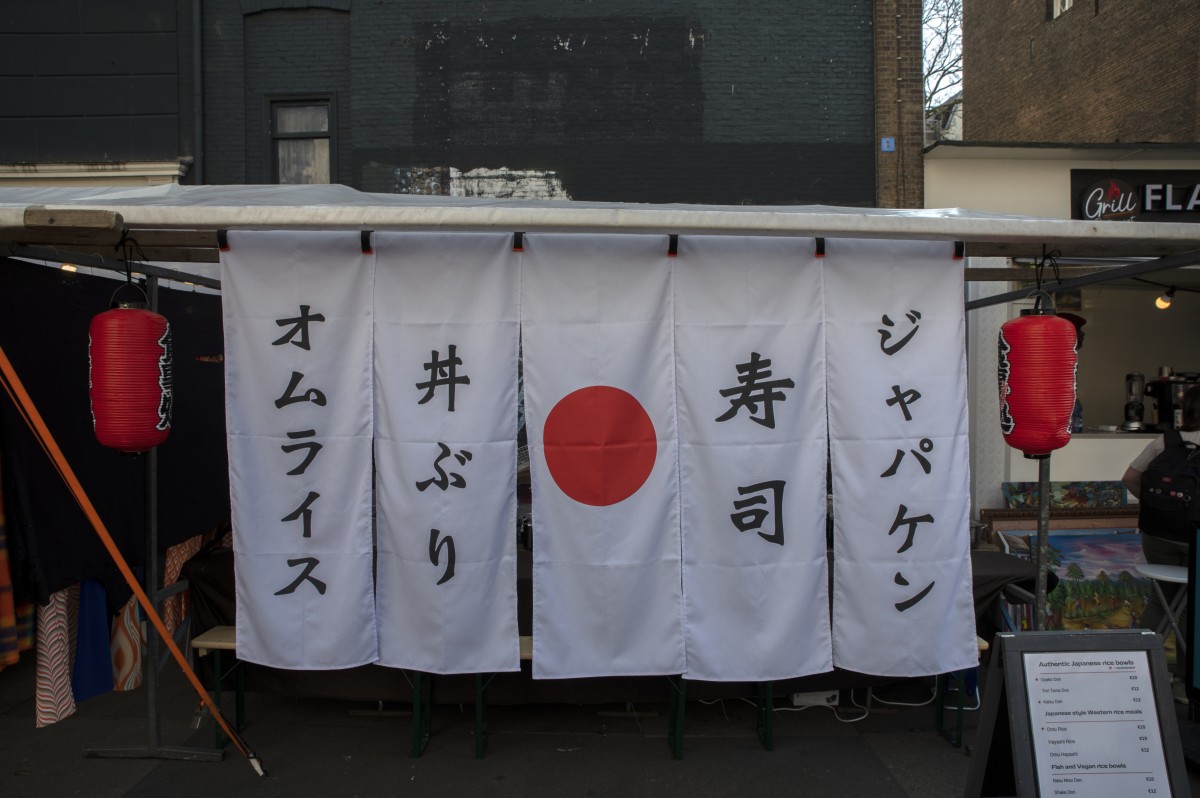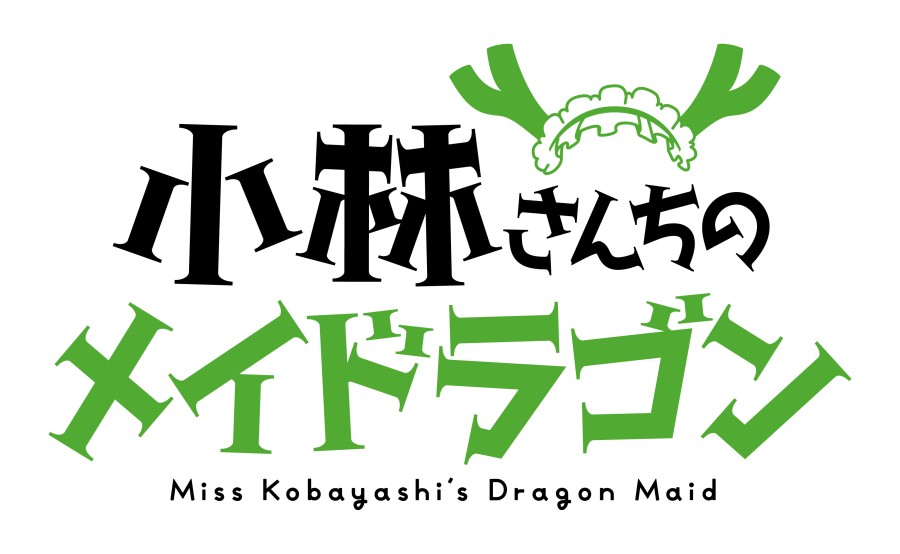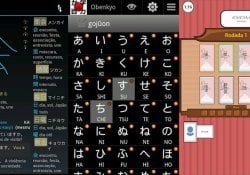Katakana is one of the three Japanese alphabets, which is used to write words of foreign and other origin. In this article, we'll share some curiosities and tips for you to learn Katakana in the best possible way.
This article is a complement on Katakana, we will not show the Katakana table or explain details of its traits, just spend days to learn. If you want to see all of Katakana, we recommend the article below:
Read also: KANA: Definitive Guide to Hiragana and Katakana - Japanese alphabet
Índice de Conteúdo
The Basics of Learning Katakana
Katakana is one of two syllabic alphabets used in Japanese, along with Hiragana. It is used to write foreign and technical words, as well as to add emphasis to certain words.
Katakana characters are composed of straight, short strokes. It is important to know what they look like in order to be able to recognize and write them correctly.
There are many online resources such as apps, books, courses and tutorials that can help you learn Katakana. Find the ones that work best for you and use them often.
Learning the basic 46 letters is the foundation for being able to read words in Katakana. You can learn letters in many ways, such as memorizing letter charts, writing them over and over, or playing memory games to help you remember.
Once you've learned the basic letters, it's time to practice reading and writing full words. Choose simple words in English or other languages and try to write their versions in Katakana.

Should I learn Katakana or Hiragana first?
Some people think that Katakana is very easy to learn, since its strokes are straight and simple, but its difficulty is greater than many people imagine.
Many recommend learning Katakana first, but I personally advise anyone to learn Hiragana first, which makes up another 80% of Japanese writing if accompanied by Furigana when there are Kanji words.
This fact makes it more difficult for a person to memorize and memorize katakana, even though the strokes are much simpler. The frequency at which the student reads katakana is much lower than hiragana.
This means that the process of learning how to read Katakana perfectly will be much shorter, so it's best to focus on Hiragana and with time the Katakana will sink into your head.
[ー] Chōonpu - Dash or Dash of Katakana
The dash “ー” is known as “chōonpu” in Japanese and is used to indicate long or prolonged syllables. It is placed between two katakana syllables to indicate that they are to be pronounced together as a single long syllable.
For example, the word "トマト" (tomato) is written as "トマト" with two separate katakana characters, while the word "トースト" (toast) is written as "ー" using the chōonpu to indicate the long syllable "too".
The use of chōonpu is important to correctly represent the pronunciation of foreign words in Japanese and to aid in reading and understanding texts written in katakana.
Chōonpu can be used in hiragana, but is rarely added, usually a vowel is used to lengthen the tone.
The article is still halfway through, but we recommend also reading:
Katakana is not just foreign words
Most people who study Japanese should already be aware that Katakana is often used to write words of foreign origin or names of foreign people.
In fact, Katakana is also used to emphasize some Japanese words, to write certain titles and also the famous onomatopoeias that are frequent in the Japanese language.
In summary, Katakana can be used to:
- Foreign words: words that have no equivalent in Japanese;
- Proper names: including names of people, companies, and places.
- Technical and scientific terms: areas such as technology, science and medicine.
- Advertisement and Publicity: Used in advertisements and other forms of publicity to gain consumers' attention.
- Also used in song lyrics, movie titles, and other forms of entertainment.

How did Katakana come about?
The history of Katakana dates back to the Heian period, which took place in Japan between 794 and 1185 AD During this period, Japanese writing was based on Chinese writing and was mainly used by the upper class members of society.
However, as time went on, syllabic writing was developed to be used by the common people and became a distinct form of writing. Katakana emerged as a simplified form of Chinese writing for writing foreign and technical words.
Over the centuries, Katakana evolved to become an important form of writing in Japan.
The Difficulties of Learning Katakana
In addition to the low frequency at which you will consume words in katakana, another difficulty will be the simplicity of the strokes that end up confusing mainly in some fonts.
There are 4 Katakana characters that are very similar, which can end up confusing most people. We have already written an article talking about these kana and how to differentiate them, let's leave the link below:
We recommend reading: Similar katakana – シツ / ツツ and ノ
It takes a long time to get the differences into your head, but a tip is to be aware that “tsu” is the only kana that gets small to lengthen the consonant that comes after it.

Learn Katakana with anime titles
Another thing you can do to learn Katakana is to use logos, movie names, and anime titles that have them written in Katakana. They are usually titles derived from English.
Using anime titles will help you learn Katakana from different sources and perspectives, as well as help you get to know words that aren't always of foreign origin.
We recommend watching an excerpt from our class below. The video kind of summarizes the tips in this article and shows learning using anime logos:
Use the Japanese Club
Katakana is just the beginning, you'll need to learn all of the Japanese language, and to help you do that, we recommend you to get to know our complete Japanese course: Japanese Club.
The Japonês Club is an area for Suki Desu members where we post several video lessons, often accompanied by an article with phrases that have pronunciation and can be copied into spaced memorization software.
In addition, we also offer games and interactive activities and a module completely dedicated to Japanese cultural content such as Anime and Manga.
If you want to know more about the Japonês Club, just click here!







